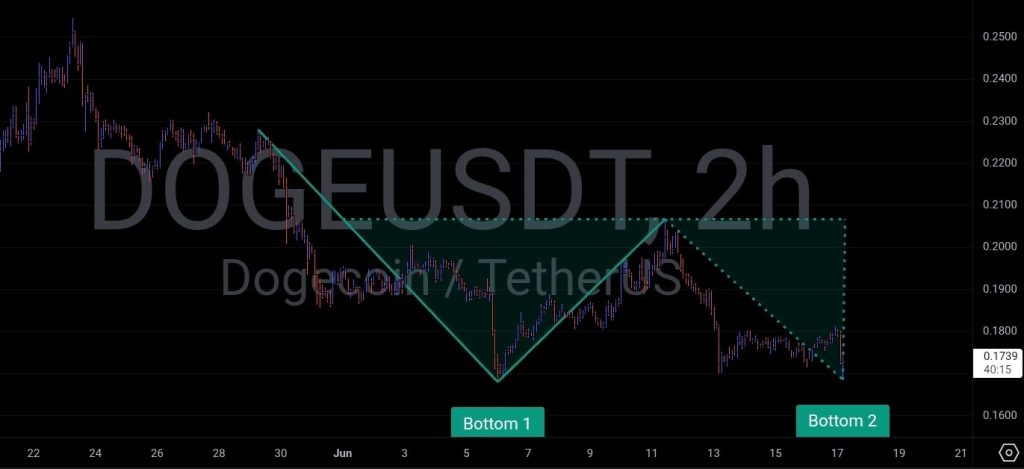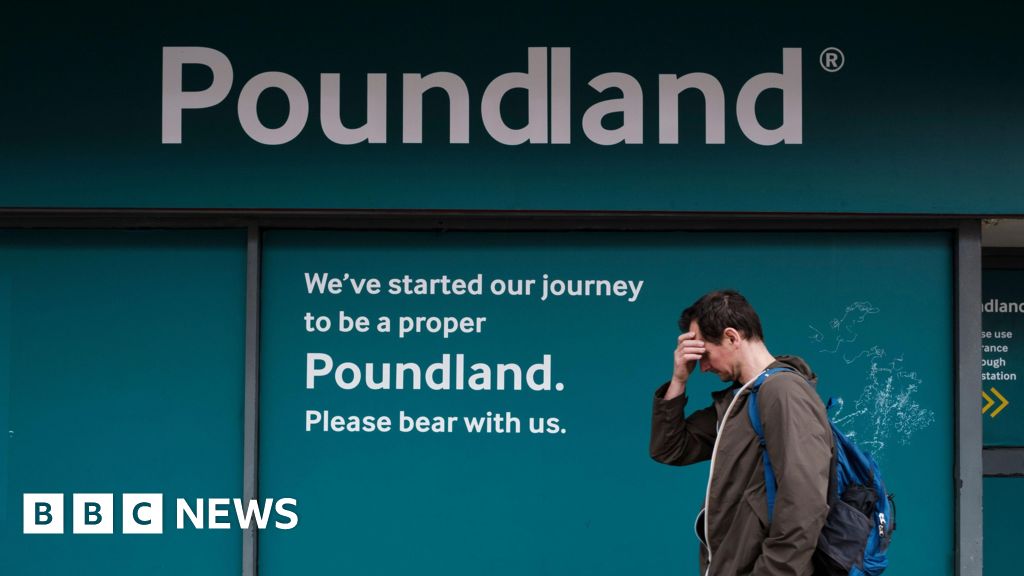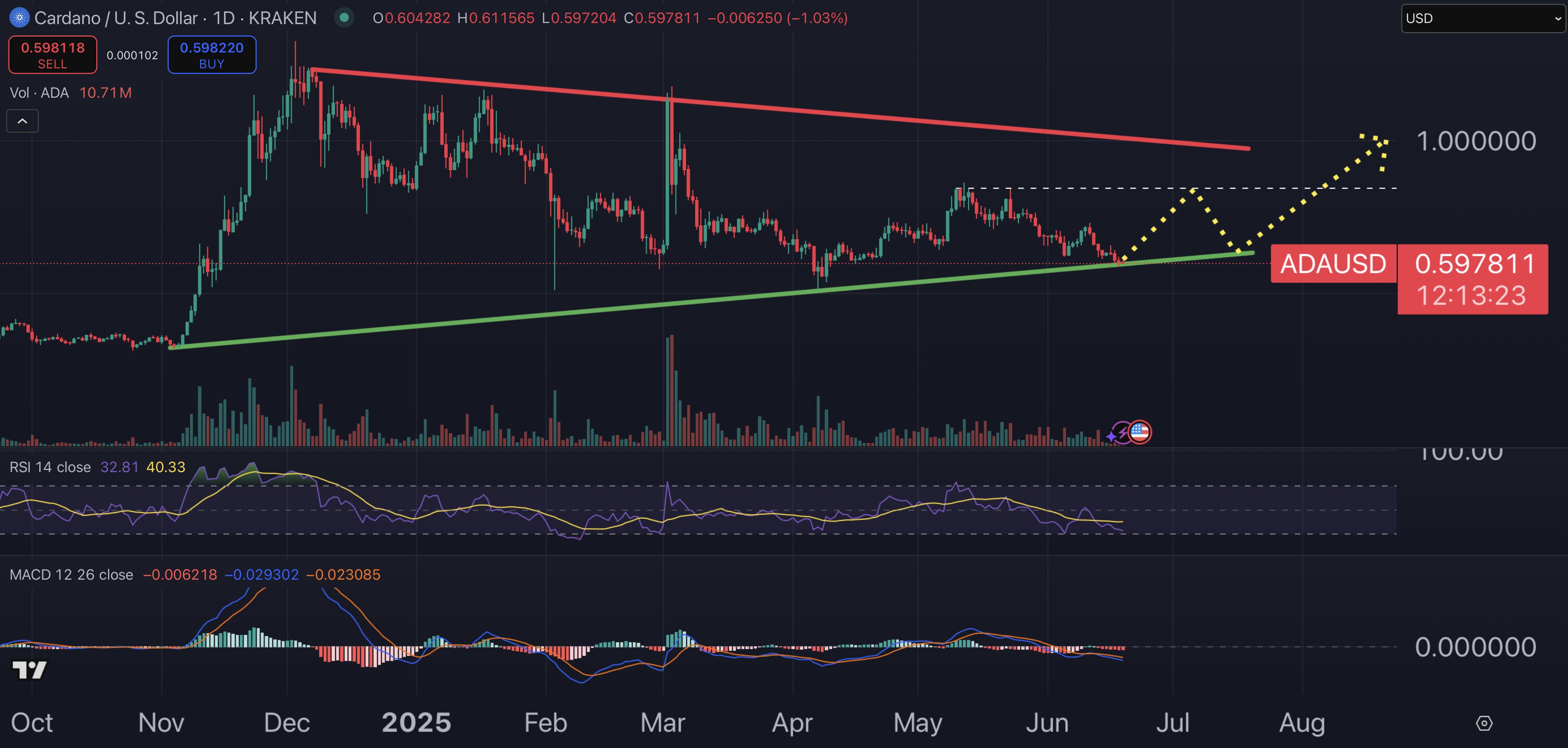Consumers have long been warned they were going to be pushed to the “point of pain” in order to curtail their spending. It seems like we’ve finally reached it.
In June, inflation fell to its lowest annual rate in more than two years. The consumer price index—a measure of inflation—had increased 3% compared to the same month a year ago—the lowest since March 2021—while on a monthly basis the index rose 0.2%, which was lower than expected.
One of the categories which has the biggest impact on a household’s purse is food, and according to the grocery industry consumers have begun to get inventive with how to cut costs.
On an earnings call this week Sean Connolly, chief executive officer of grocery giant Conagra Brands, said consumers were “hunkering down” instead of “trading down” because they had begun to buy fewer items as opposed to switching to cheaper alternatives.
“The question is, why now, given the steadiness we have seen from the consumer for two years?” Connolly questioned. Among the answers could be price increases in other categories, from housing costs to energy prices.
Another factor, Connolly believes, is that people are spending more money on travel during the summer season—particularly as COVID restrictions are truly beginning to ease.
In its results for the full year fiscal year 2023, which ended on May 28, the Slim Jim and Birds Eye maker confirmed it had seen volumes fall by 7.7% which had been largely offset by higher prices, resulting in net sales increasing 2.2% to $3.0 billion.
‘People aren’t eating less’
Connolly told analysts on the call from JPMorgan, UBS, Morgan Stanley, Barclays and more, that he believes the tactic is temporary.
“One thing I know for sure, people aren’t eating less,” he said. “So … they are making choices to manage their budget, as I suggested, likely to cover other expenses.
“And it’s just hard to imagine how that continues for an extended period of time unless people start eating less, which I haven’t seen happen.”
He added the behavior could even come to an end by the end of the summer season, a timing that could coincide with a theory touted by Wharton professor Jeremy Siegel.
Earlier this week Siegel said “YOLO (you only live once) consumers” are boosting the economy by spending the last of their cash reserves on traveling and enjoying the summer.
Connolly echoed: “There are some people that are speculating there is a summertime phenomenon as you get back to school. And people are getting back in the groove, it changes. We are not that precise in terms of trying to peg it to a day or a month.”
So if consumers aren’t buying as much food, but they aren’t going hungry either, where’s their food coming from? Research from consumer analysts NIQ offers some insight.
An NIQ report published in April found that shoppers were buy 2% less groceries than they were compared to the same period a year before. This was lead by the largest declines in frozen foods and household items.
As a result Carman Allison, NIQ’s vice president of thought leadership North America, told Bloomberg he believes people are “burning through the inventory in their homes,” adding: “We’re spending more, but we’re buying less.”
Credit: Source link











